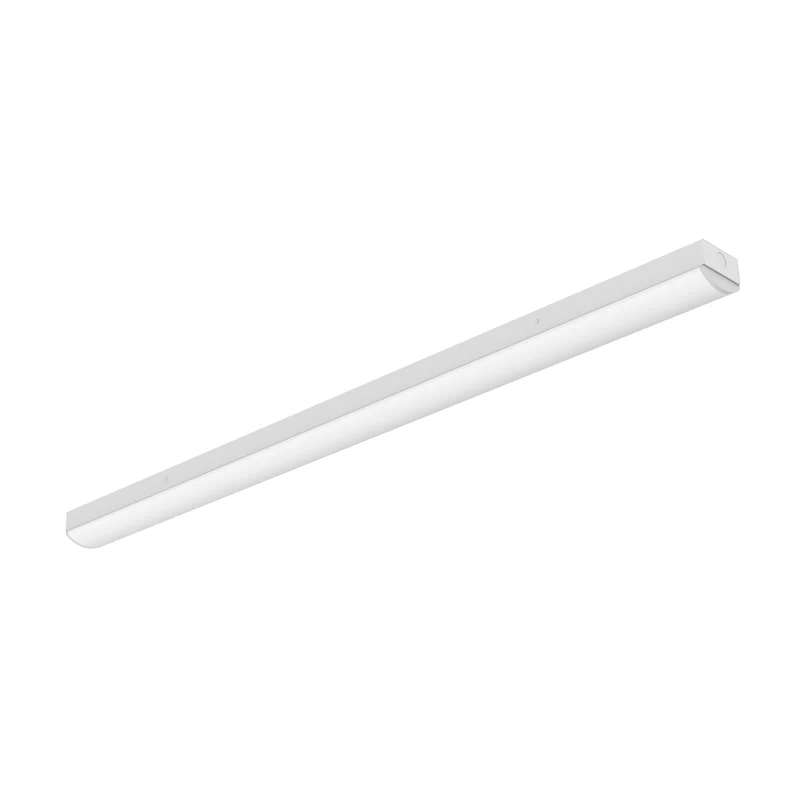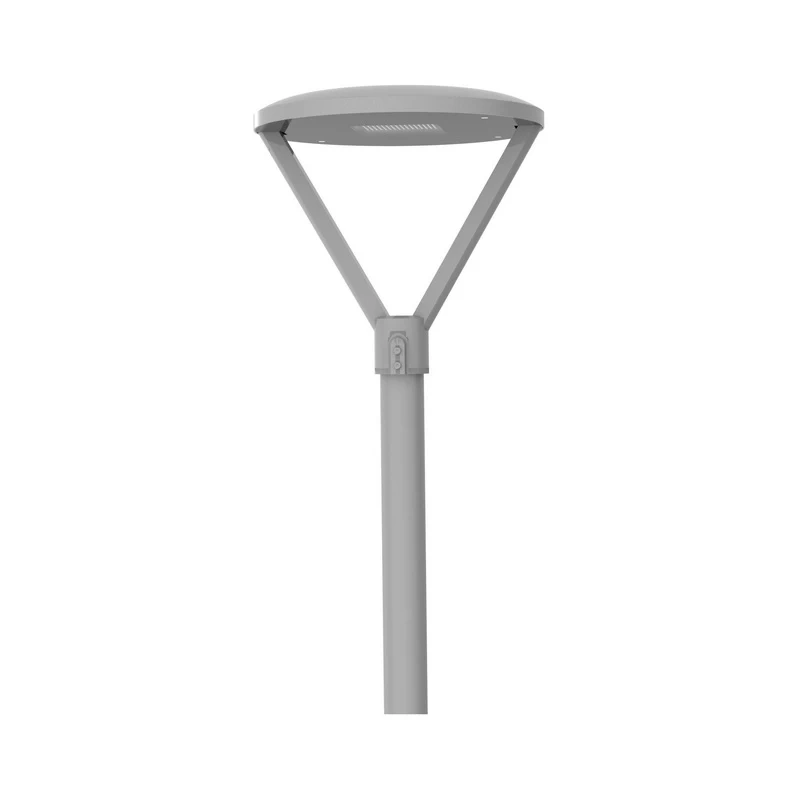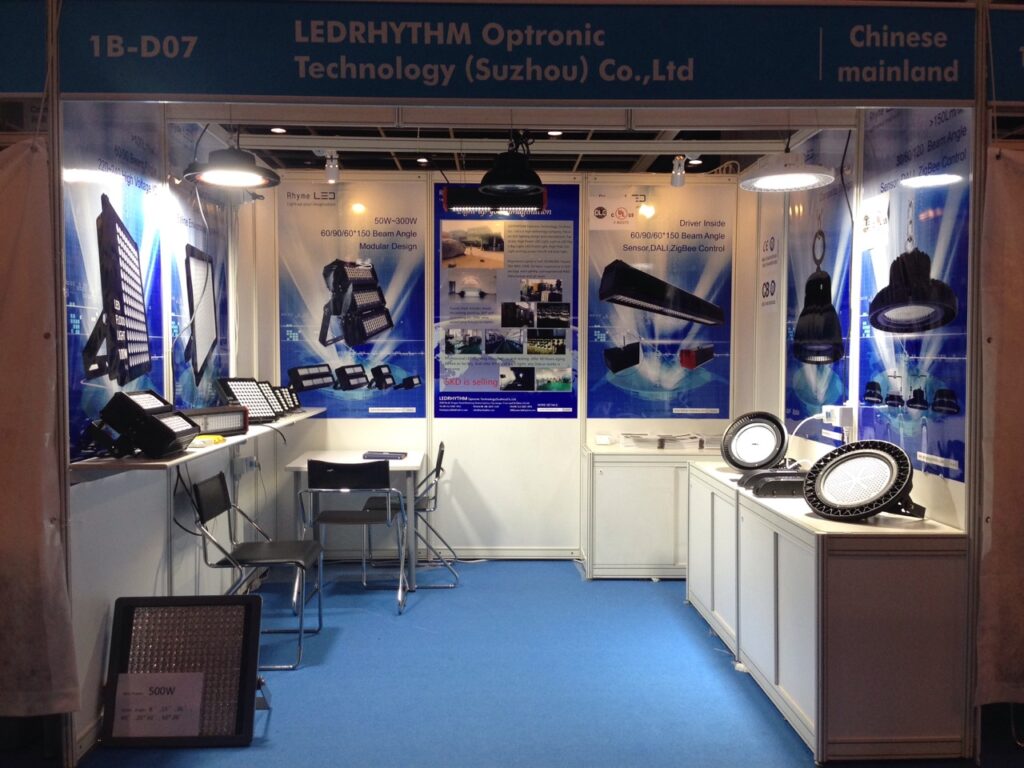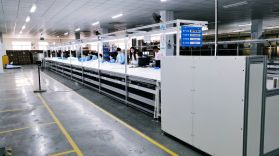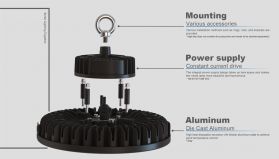Benefits of LED Technology in Industrial Facilities-Why Industrial Facilities are Switching to LED Lighting
Introduction
Industrial facilities around the world are rapidly transitioning to LED lighting. This shift is not just a trend but a significant movement driven by the benefits of LED lighting on the environment and the long-term sustainability of these facilities. In this article, we will explore why industrial facilities are making the switch, with a particular focus on how this change impacts the environment.
The Environmental Impact of LED Lighting
One of the most compelling reasons for industrial facilities to switch to LED lighting is the LED environmental impact. Compared to traditional lighting systems, LEDs have a much lower environmental footprint. LED lights' environmental impact is minimized because they consume less energy, produce less waste, and have a longer lifespan.
Energy Efficiency and Its Environmental Benefits
LEDs are renowned for their energy efficiency. By converting a higher percentage of energy into light rather than heat, LEDs reduce overall energy consumption. This reduction directly translates into lower greenhouse gas emissions from power plants, which is a critical factor in mitigating climate change. The benefits of LED lighting on the environment are substantial, particularly in reducing the carbon footprint of industrial facilities.
Waste Reduction and Sustainability
The longevity of LED lights also contributes to their sustainability. Traditional lighting systems, such as incandescent or fluorescent bulbs, have a shorter lifespan, leading to more frequent replacements and, consequently, more waste. In contrast, LEDs can last up to 25 times longer, significantly reducing the amount of waste generated by industrial facilities. This aspect of LED lights' sustainability is a major advantage for industries aiming to reduce their environmental impact.
How Has the Light Emitting Diode Impacted Society?
The adoption of LED lighting has had a profound effect on both society and the environment. How has the light emitting diode impacted society? In multiple ways, from energy savings to environmental conservation and even economic benefits. LEDs have enabled industries to reduce their energy costs while also contributing to global efforts to combat climate change. The shift to LED lighting is not just beneficial for individual companies but for society as a whole.
Why Are LED Lights Better for the Environment?
There are several reasons why LED lights are better for the environment. Firstly, as mentioned earlier, they consume less energy and have a longer lifespan, which reduces waste and greenhouse gas emissions. Secondly, LEDs do not contain hazardous materials like mercury, which is commonly found in fluorescent lights. This makes LEDs safer to dispose of and less harmful to the environment. The question "are LEDs better for the environment?" is clearly answered by these advantages.
Are LED Lights Good for the Environment?
Are LED lights good for the environment? Absolutely. By using less energy and producing less waste, LEDs help industries reduce their environmental impact. This is particularly important for large industrial facilities that consume vast amounts of energy. By switching to LED lighting, these facilities can significantly decrease their carbon footprint and contribute to a more sustainable future.
Conclusion
In conclusion, the shift to LED lighting in industrial facilities is driven by a combination of environmental, economic, and social factors. The LED environmental impact is significantly lower than that of traditional lighting systems, making LEDs a more sustainable and environmentally friendly option. As industries continue to prioritize sustainability, the adoption of LED lighting will likely continue to grow, benefiting not only the facilities themselves but also the environment as a whole.
Alongside financial benefits, the environmental case for LED luminaires is strong. Consider the following list of ways LEDs help businesses shrink their environmental footprint while improving their bottom-line.


